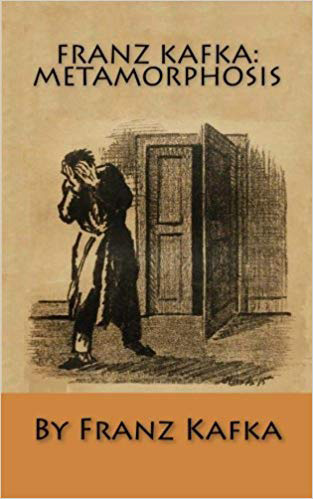When reading such a complex masterpiece, there are many layers to be analyzed. Some people finish it and just understand that a man has turned into a roach. This is appreciating only a little bit of what the genie of Franz Kafka was trying to communicate the world with his writing. Read on to find some clues on how to understand it deeply.
The Metamorphosis In A Social Insight
There have been many different conclusions about the true meaning of the novel. One of the most popular ones is the idea that Kafka is trying to convey his idea about the social pressure inflected over Gregor Samsa, the main character of the novel. It is a matter of discussion still, more than one hundred years after being published, if Kafka´s intention wasn´t to paint the picture of how things were in that time through a family.
It is not an uncommon resource to convey an idea of sociological reach by simply reducing the involved people and making conclusions from the micro and apply them to the macro. If that was to be the case, the importance of Kafka´s work in a moment in time in which jobs defined people beyond anything else is very deep. Making the transformation literal from being a regular human being (able to work and provide) to being an oddity in a regular world and not being able to show himself as he is comes nothing short from marvelous. Franz Kafka manages to explain through a giant insect how his own family (that could be anybody´s family or the entire modern European society) wouldn´t take a different way of seeing life, an odd person, that could really be himself.

The Metamorphosis From A Psychological Point Of View
Looking at Franz Kafka´s biography, we know that he had a complicated relationship with his father when growing up. The entire novel can be thought as an attempt to break that relationship or, at least, put it into words. The question about the metamorphosis in a psychological terrain is if Gregor Samsa really turned into giant vermin or was he seen that way by the rest.
The importance of the look from outside was crucial to the emerging psychoanalysis of the era. Sigmund Freud was also an Austrian doctor and is very likely that Kafka had read some of his work, or at least, heard about it. According to psychoanalysis, the importance of the father figure can be followed really far into the deepest of the human unconscious. It is the father figure that Kafka created that throws the apple at him finally hurting his new body in an irreparable form. Was Franz Kafka speaking about how his father´s commandments forced him to take up on law school and let his writing efforts for his spare time and how he was unable to fight back without turning into an oddity and gaining the hatred of all his family? The question remains open.
The Metamorphosis And Feminism
There are many more points of view than the one I´m describing here, but I was particularly drawn by Nina Pelikan Strauss view on the metamorphosis that Grete, Gregor´s sister undergoes too and that is not mentioned by almost any other author before her. She makes her statement in 1989 and by 2013, Volker Drüke, takes on it and adds that the title was originally intended for Grete. The author claims that it was she who went through a metamorphosis turning her childish dreams of a violin player to those of a future wife for being a full-grown woman. Also, the idea behind the empowered role of Grete, first trying to satisfy his transformed brother and then putting herself before other´s ailments to fulfill her dreams can also be thought of as a change in the role of women.
To me, a decisive action taken by Franz Kafka that can be seen in letters to his publisher is that the vermin, the insect was not drawn anywhere in the book. This lack of imagery, of a visual anchor sets the imagination free and transforms The Metamorphosis into a truly endless canvas for us to paint on.

 Kafka Garden is my humble homage to the man I think is the greatest writer that has ever lived. We can discuss about style and ideas, but no other writer has ever made me feel what he did. I am a German citizen and I am lucky that I can read his work in the language it was created.
Kafka Garden is my humble homage to the man I think is the greatest writer that has ever lived. We can discuss about style and ideas, but no other writer has ever made me feel what he did. I am a German citizen and I am lucky that I can read his work in the language it was created.

